Introduction
Ophiocordyceps sinensis is a fungus belonging to the Ophiocordycipitaceae family. It was previously known as Cordyceps sinensis and is commonly called a caterpillar mushroom or entomopathogenic fungus. Cordyceps species are reported in more than 400 species around the world. Ophiocordyceps sinensis is naturally found on the Tibetan Plateau, with adjacent Himalayan regions including China, India, Bhutan, and Nepal. Thus, the harsh environmental adaptability of this species gives it a special habitat status over others mushroom. It is considered a parasitic fungus whose life cycle begins with the Cordyceps spore’s arrival on the insect’s body to germinate. Ophiocordyceps sinensis is well documented in the traditional Chinese medicine system and has also been authoritatively classified as a drug in the Chinese Pharmacopoeia due to its potent pharmacological properties. It is used for anticancer, antiaging, respiratory, renal, liver, hemostatic, mycolytic, antiasthmatic, nervous system, and cardiovascular diseases. It has also been claimed to be a potent immune-boosting activity, especially observed during the outbreak of severe acute respiratory syndrome (SARS) in China in 2003. With a price ranging from 3000 to 18,000 USD per kg in 2008, depending on the size of the larvae, it now holds the crown of the most expensive mushroom in the world.
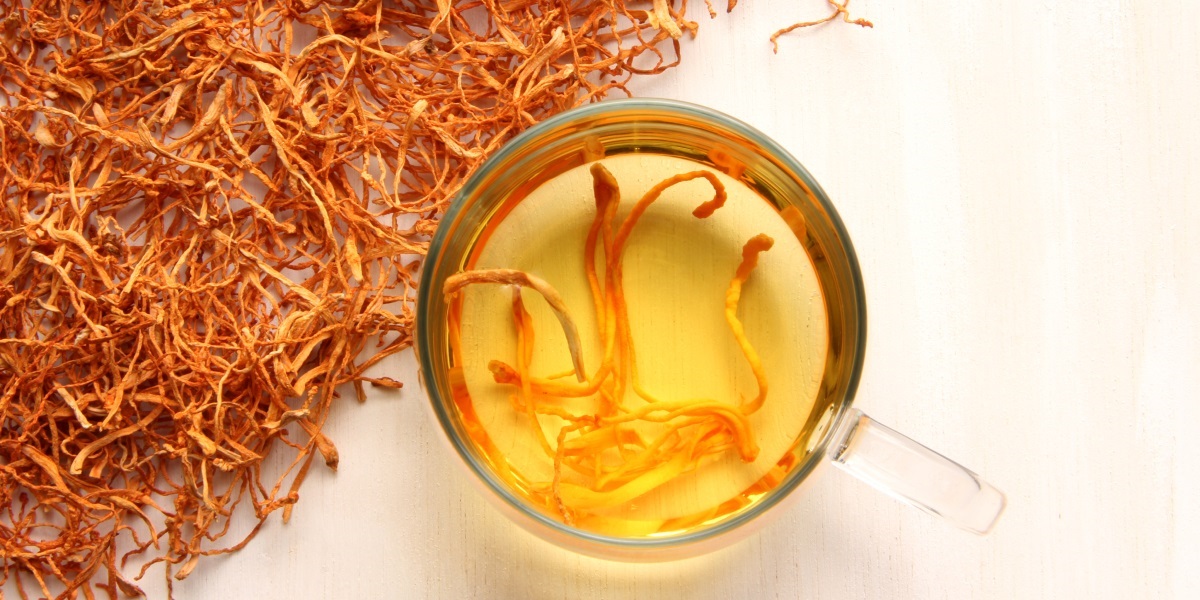
What are the bioactive compounds found in Cordyceps species?
Ophiocordyceps sinensis is a rich source of various bioactive components such as polysaccharides, γ-aminobutyric acid (GABA), mannitol, glycolipids (cerebrosides), glycoproteins (lectins), adenosine, amino acids, cordycepin, cordycepic acid, ergosterol, and minerals. This compound is well known as a very active pharmacological component used in the formulation of drugs. The hallmark bioactive compounds cordycepin have potent therapeutic activities such as intracellular targets, apoptosis, and cell cycle.
How is the Ophiocordyceps sinensis mushroom produced naturally?
The spore of Cordyceps entre, the insect, is known as Hepialus (Hepialidae caterpillars), which is an omnivorous insect, and subsequently, the spore germinates into small thread-like filaments called hyphae. The hyphae grow inside the insect body and alter into mycelium. In this state, mycelium fully consumes the insect nutrients and grows as a blade-like mushroom, which emerges from the insect’s head called the fruiting body (stromata). On maturation, it is discharging ascospore in the environment which is ready to start the life cycle with the infection of another insect body.
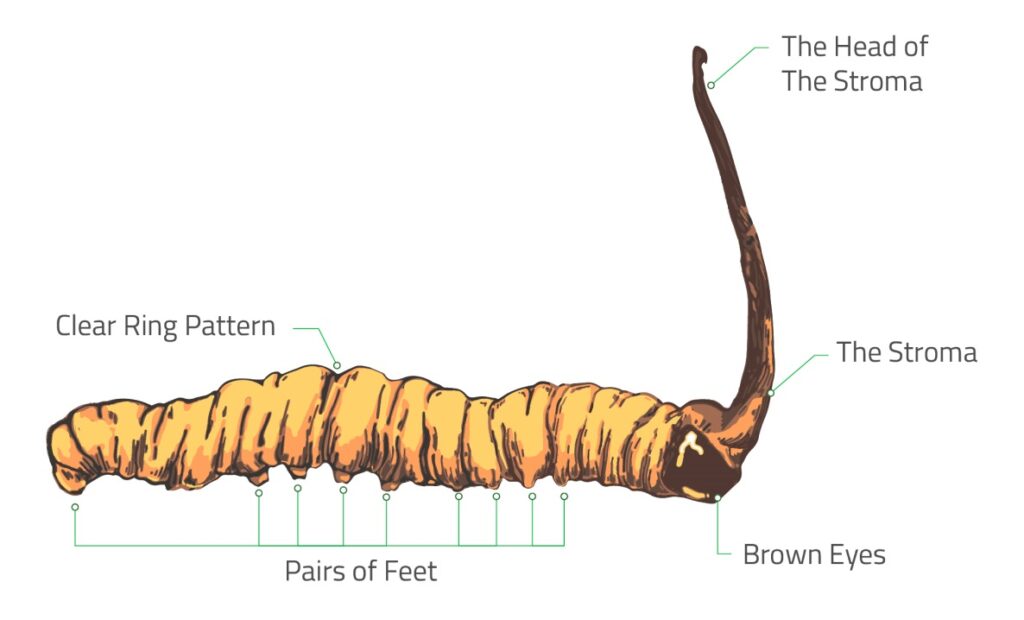
Why Ophiocordyceps sinensis is the costliest mushroom.
Naturally, it occurred in harsh environmental conditions and high altitudes, such as on the Tibetan Plateau with humid, cool regions, which makes it difficult to collect from that area, and so production does not meet the current demand, especially after the COVID-19 post-pandemic. Ophiocordyceps sinensis, popularly known as Himalayan Viagra, contains a wealth of nutrients and powerful therapeutic properties. Despite the fact that in vitro mass culture does not meet quality standards comparable to those of naturally produced food, its natural farming method is not at all successful. That is why its natural finding can be said to be rare and rarest throughout the world.
What are the Cordyceps products available on the market?
At present, different brands of Cordyceps extracts in tablets and capsules are available on the market. Cordyceps mushrooms are also available as dry fruiting sticks, powder, or other nutraceutical food products on the market.
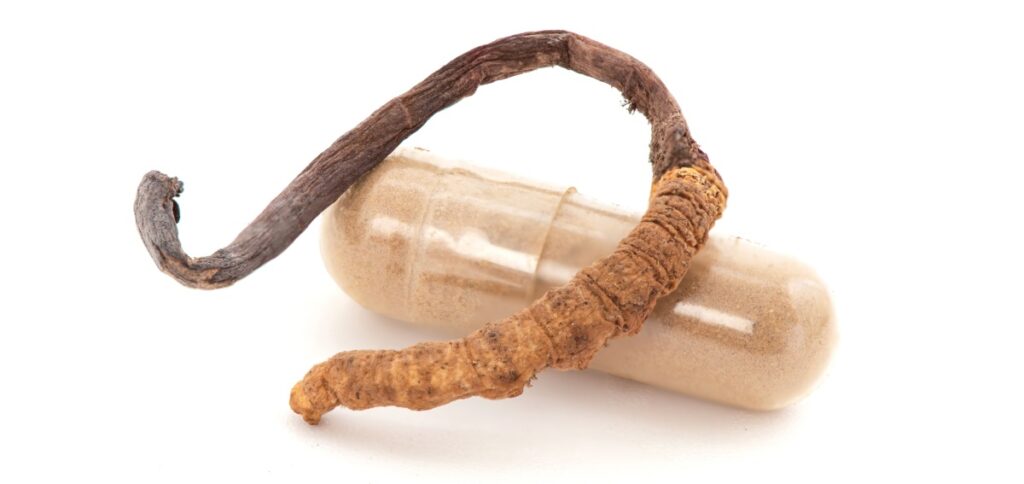
How do you ensure the authenticity and quality of Cordyceps products available on the market?
Authentication and quality assessment of Cordyceps products can be achieved through HPLC-MS, LC-MS, and GC-MS analysis. Identification of chemical makers such as cordycepin, adenosine, D-mannitol, glycosides such as phe-o-glucose, and cyclo-Ala-Leu-rhamnose has been done using the HPLC-MS/MS analysis method for Ophiocordyceps sinensis or Cordyceps sinensis. These days, more advanced molecular techniques have been developed, such as duplex PCR methods for testing the genuineness of Chinese cordyceps, which are rapid and reliable for the quality control aspect. This technique uses an internal transcribed spacer amplicon (Ophiocordyceps sinensis) and a cytochrome oxidase c subunit 1 amplicon from the host species. Another simple PCR-based technique has been developed on a segment of the internal transcribed spacer (ITS) region for the identification of Ophiocordyceps sinensis.
How does Cultivator Phyto Lab support the upkeep of your products’ quality control?
Because of the high demand and pricing rate, producers offer a variety of faulty and adulterated products that require laboratory testing to ensure the quality and authenticity of Cordyceps products. Cultivator Phyto Lab is a world-class testing laboratory that performs quality control testing in accordance with national and international regulatory bodies.
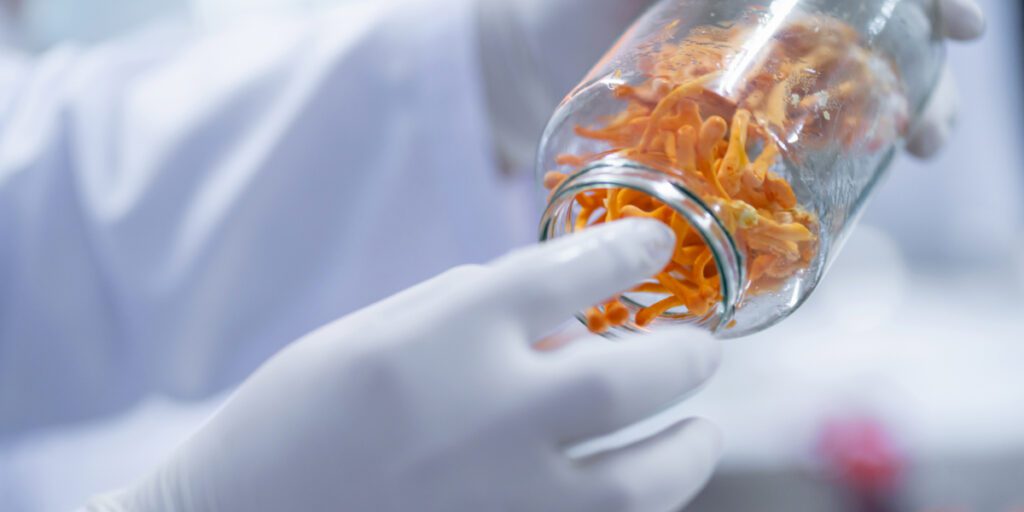
Authors: Dr. Sanjoy Gupta and Bhaskar Ashish
Reference
- Wu, DT., Lv, GP., Zheng, J. et al.Cordyceps collected from Bhutan, an appropriate alternative of Cordyceps sinensis. Sci Rep 6, 37668 (2016).
- https://doi.org/10.1038/srep37668″
- https://www.sciencedirect.com/science/article/pii/S1756464613000522?via%3Dihub
- Winkler, D. (2008). The mushro oming fung i market in Tibet exemp lified by Cor dyceps sinensis and Tric holoma matsutake. Journal of the Internation al Associat ion of Tibetan Studies, 4, 1–47.
- https://www.ncbi.nlm.nih.gov/pmc/articles/PMC4596796/
- https://www.ncbi.nlm.nih.gov/pmc/articles/PMC7031310/pdf/41598_2020_Article_59900.pdf
- https://www.frontiersin.org/articles/10.3389/fmicb.2017.01179/full

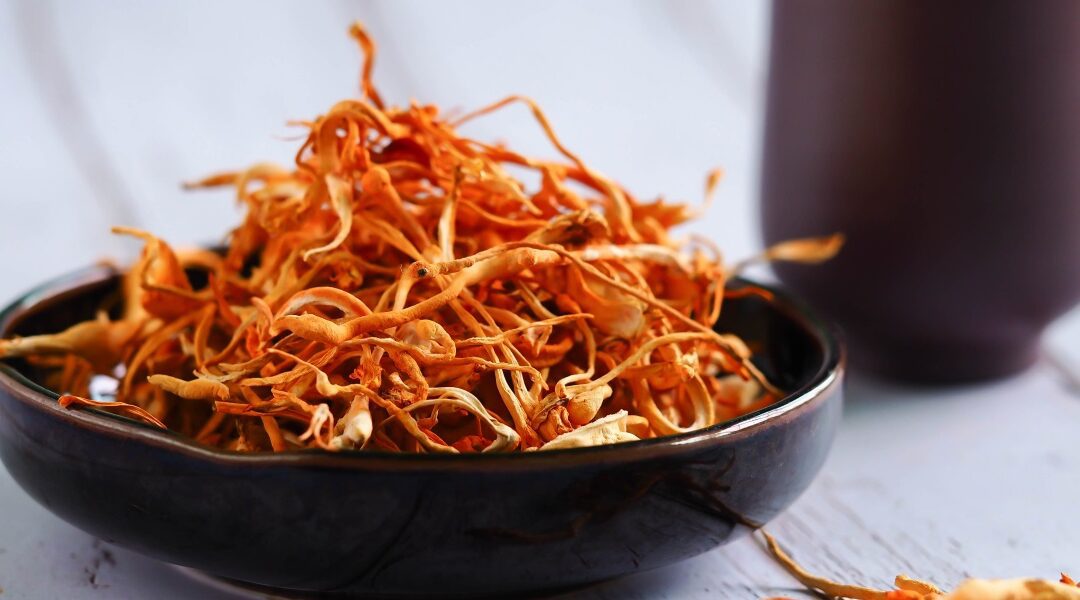
It was an amazing article sir,